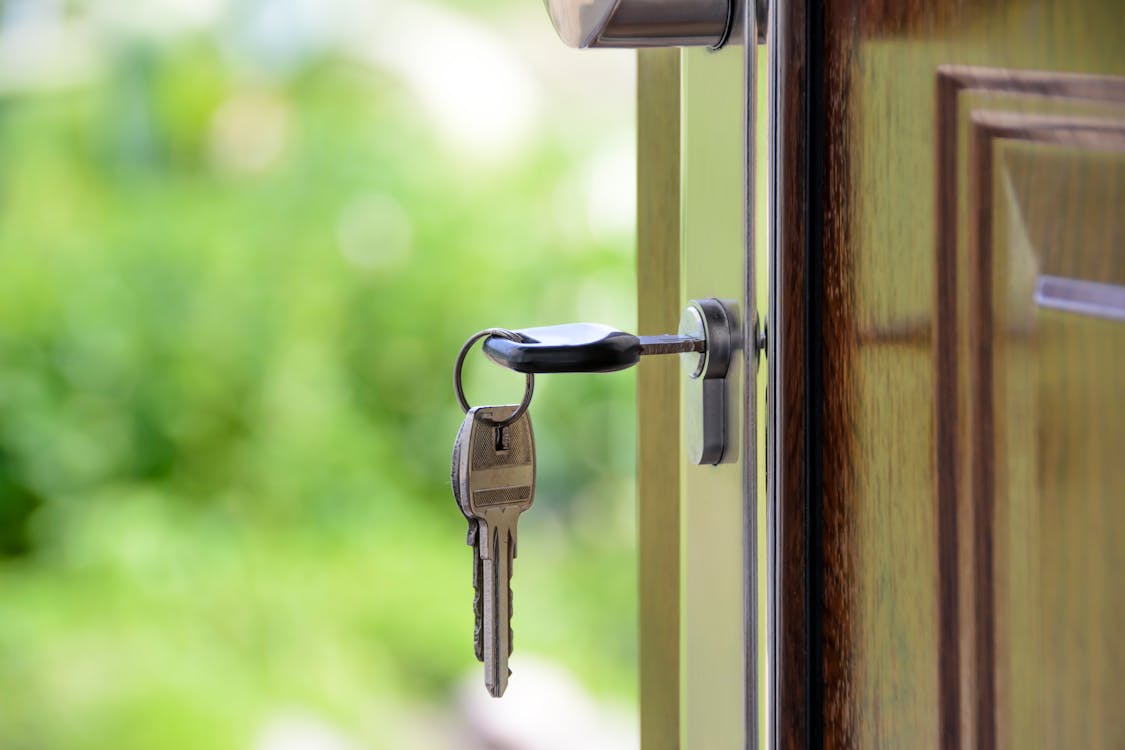Buying a Home in Minnesota From Out of State – The Ultimate Guide
https://www.c4dcrew.com/wp-content/uploads/2021/12/C4D-Post-Design-1.png 1000 500 Taylor Witt Taylor Witt https://secure.gravatar.com/avatar/c007419611804209e46af7a884e93ad9?s=96&d=mm&r=gBuying a home, anywhere, is a very big commitment. There is a lot of planning that goes into it and, of course, a lot of money. And it only gets more complicated when buying a home from out of state, making an already grueling process longer. However, if you know what you are doing, the process can go much more smoothly and easily. To this end, we have decided to put together the ultimate guide on buying a home in Minnesota from out of State, and we hope you find it helpful.
Figure out a budget and down payment

First things first, you need to consider your buying capabilities. Set a realistic budget for yourself, and plan ahead for the down payment. Typically, mortgage lender in Minnesota ask for 20% of the price as down payment. However, if you go with a government backed loan (VA and VHA loans), your down payment can be as low as 3.5%, or even 0%. However, this option does have its downsides. For one, since you will be borrowing more money, you will pay higher monthly installments. Also, you might want to familiarize yourself with the difference between Deed vs. Title. Additionally, you will want to get pre-approved for a mortgage well ahead of time. This is because most home sellers in Minnesota will want you to be pre-approved before showing you their home. And always remember to compare rates and pre-approval amounts from multiple lenders before deciding.
Figuring out an exact budget should be the first step when buying a home from out of state.
Choose your location and hire a real estate agent

Because you are buying from out of state, and let’s use Texas as an example, you won’t be able to easily tour potential properties. Because of this, it’s absolutely vital to hire a real estate agent to help you throughout the process. Not only will they be able to help you through all of the legalities and the search, they will be able to take you on guided video tours through potential properties so you can inspect them before deciding. However, before finding your realtor, you should decide on a location, and hire a local realtor who knows the area well. Additionally, remember to think about hiring movers too. For example, if you’re moving from Austin, you will want reliable experts to get you into your new home. In order to leave Austin stress-free, you have to hire professionals. And finding reliable ones takes a lot of time.
Decide what you want in a house

In order to help narrow down your search, you have to consider all of the amenities which you must have, and other which would be nice to have. For example, if you have children, you will probably want to have a home close to a school. So, make a list of must-haves, and give it to your realtor. This will help them narrow down the search to properties with amenities that you absolutely need. Location also plays a part in this, but you should realistically decide that before this step. Also, if you’re buying this home for the sake of investment, you might want to familiarize yourself with some tips for effective property management. Once you know exactly you want out of a home, the search for a home should go much faster. Your real estate agent should be able to pin down a few properties which suit your needs.
Knowing exactly what you want out of a home will help narrow down the search considerably.
Visit and make an offer

Once your real estate agent finds a suitable property, you might want to make a trip to the house and take a look in person. Video tours are a great option, but nothing can replace seeing a property in person. Once you visit and are certain you want the home, work with your real estate agent to make an offer. They will be able to help you make an offer which is both reasonable and competitive. Additionally, experts from State to State Move note that you should never move into a home without first seeing it in person. An in-person inspection can reveal issues which are easily missed over a video tour. Also, when making your offer, remember that this price doesn’t have to be final. But, it still needs to be competitive enough for the seller not to simply brush it off.
Inspections, appraisals and closing
Finally, when the seller accepts your offer, you still have a chance to renegotiate the price. By going through a home appraisal and inspection, you could renegotiate the price depending on the inspection. The home inspection should cover: the roof, foundation, plumbing and electrical systems. More specifically to Minnesota, the property should also be tested for radon (because it can be dangerous at elevated levels), and some sellers will need you to perform a pest inspection before closing. When it comes to appraisals, you should familiarize yourself with what highest use means in real estate before going through with it. Regardless, your lender will order an appraisal in order to make sure the home is worth the price tag. When it comes to closing, remember to account for closing costs and don’t forget all of the required documentation. Namely: the deed, mortgage promissory note, final loan application and disclosure statements.
A home inspection and appraisal can help renegotiate the price depending on the results.
Buying a home in Minnesota from out of state – the ultimate guide – closing thoughts
Buying a home from out state is a long and complicated process. But if you know familiarize yourself with the details it can go quite quickly and smoothly. Working with an expert real estate agent and doing your own preparation and research ahead of time is incredibly helpful. Still, only you can know what you the perfect property is, so a visit before deciding on a home should be considered mandatory. We hope you found this ultimate guide to buying a home in Minnesota from out of state helpful, and we wish you a wonderful rest of your day.

